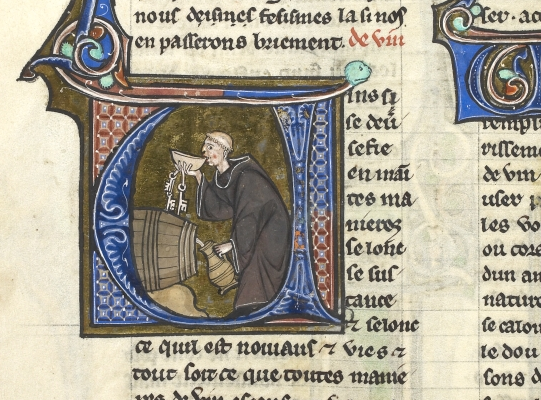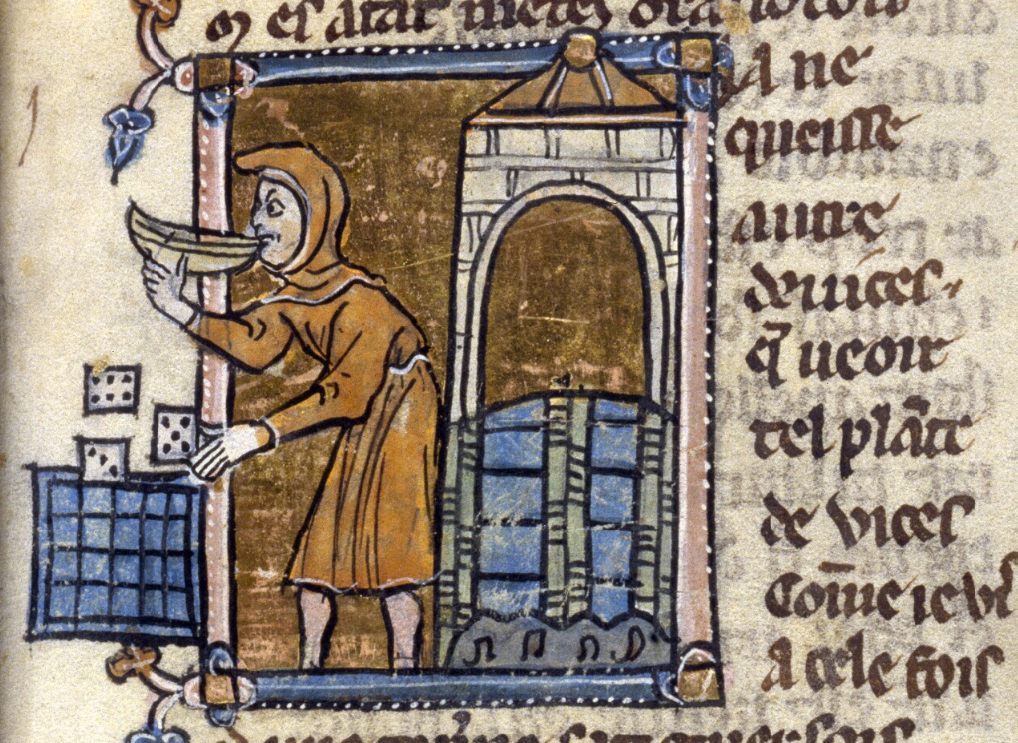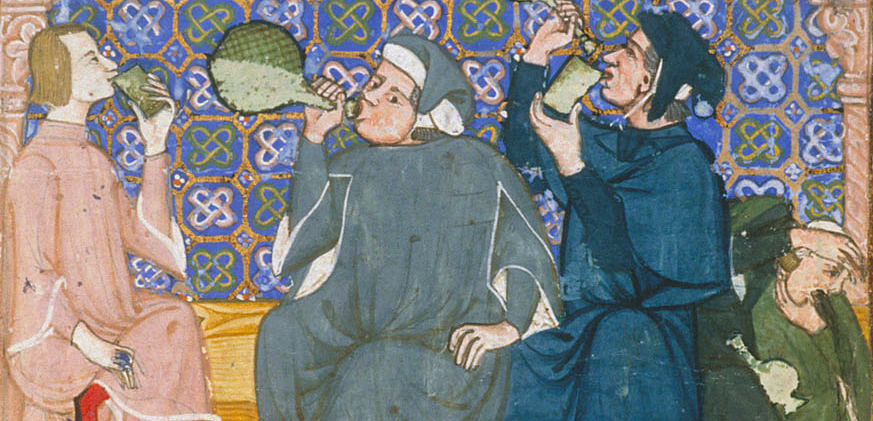It’s probably fair to say that the Senate judiciary committee hearings which took place earlier this month as part of the process of appointing Brett Kavanaugh to a seat on the U.S. Supreme court contained more references to beer consumption than do most such hearings. Kavanaugh’s heavy drinking habits, both as a teenager and as an adult, were scrutinised by senators and defended—often belligerently—by the man himself. The reasons for that level of scrutiny were clear, and I won’t rehash them here. Instead I want to focus on one of the things that stood out to me—the way in which Kavanaugh chose to defend himself—and how that fits into a centuries-old understanding of what it is to be a man.
“I like beer,” Kavanaugh said at one point. “Do you like beer, Senator, or not? What do you like to drink? […] Senator, what do you like to drink?” Over and over, he told those in attendance that his drinking habits were normal, with the implicit message that those who consume alcohol more moderately, or opt for fruity cocktails, or even abstain entirely, are not. Red-blooded, all-American men drink beer, you see, and lots of it. Brett Kavanaugh’s attitude isn’t surprising. Given the highly competitive, alcohol-fuelled atmospheres of many American private high schools like the one he attended, it would be more surprising to find that he’d never professed a similar understanding of masculinity.
After all, getting black-out drunk has been a common feature of the male adolescent experience in the West for centuries, part of a toxic tangle of behaviours that’s frequently handwaved as “boys will be boys.” (“Locker room talk.”)
Few people, I think, would object to a light-hearted quaffing session, the likes of which you’d see in a Thor movie. A little alcohol acts as a social lubricant, removing inhibitions and loosening people’s tongues. We know that war bands in early medieval Europe drank together to reinforce the bonds on which they would rely in the heat of battle, while boozy dinners at later medieval universities helped to make classmates out of nervous young men from far-flung regions who could often only communicate with one another in a language that wasn’t their mother tongue.
But these kinds of group-bonding drinking sessions had—and have—a darker side.

The medieval university was largely a single-sex institution, and most students began their studies at a much younger age than do their twenty-first century equivalents. Anxiety, adolescent hormones, immaturity warring with the fierce desire to prove one’s self mature—all of these combined to produce bizarre initiation rituals, drinking games, and instances of sexual assault which seem weirdly familiar to anyone who’s read a news account of bad behaviour in a modern American fraternity. (Studies have shown that fraternity members are three times as likely to commit rape as men who are not in fraternities.)
Account after account from medieval university towns show that when students came into contact with women, it was very often in the context of sexualised violence. Legislation was passed in an often-fruitless attempt to curb youthful excess. In thirteenth-century Paris, students at the Sorbonne who “wound, kill, abduct women, rape virgins, break into houses and commit theft and other enormities” were threatened with excommunication, while in the fourteenth century the university at Orléans had to state that it would not defend students accused of rape or brawling. In 1321, many of the students and faculty of the University of Bologna packed up and moved to Siena to express their anger over the execution of one of their number. He, aided by a number of other young men, had tried to abduct the daughter of a local notary with the intention of raping her. (It doesn’t seem that any of these men expressed concern for the young woman who’d been terrorised.)
Often while in groups, and very often while intoxicated, young men in the Middle Ages egged one another on to commit violent acts which attempted to prove their masculinity through their ability to forcibly dominate others. This may be why sexual assault committed by medieval students stands out as being “particularly sadistic” and focused on the public humiliation of the victim. Men came of age with their peers in part through the joint commission of acts not so dissimilar, at heart, to those of which Brett Kavanaugh still stands accused.

The Middle Ages gave us the concept of chivalry, which even in the present day is often characterised as a laudable social code, one which promotes knightly prowess, battlefield honour, the defence of women’s virtue, and personal moderation. Even in the Middle Ages, though, chivalry was largely an aristocratic fiction, and even within medieval literature the protection it extended to women was fickle and contingent.
Medieval fiction shows us a painful truth: that male comradeship and alliances could, and did, endure in complete disregard of a woman’s suffering. The friendships formed over flagons of ale mattered more than did a woman who could, by definition, never be a drinking buddy. In one Arthurian legend known as The Avowing of Arthur, two Knights of the Round Table, Kay and Gawain, fought to rescue a damsel in distress from the wicked Sir Menealfe, who had kidnapped her and threatened her with rape. The unnamed female character is little more than a plot device. As soon as Menealfe is defeated in battle, she vanishes from the story—and although Menealfe is an attempted rapist, he goes on to sit at the Round Table, welcomed as a full and equal member of that band of brothers.
Earlier this month, after hearing hours of gut-wrenching testimony about credible accusations of sexual assault, the Senate voted to confirm Brett Kavanaugh as the newest member of the highest court in the federal judiciary of the United States.
Boys will be boys.
